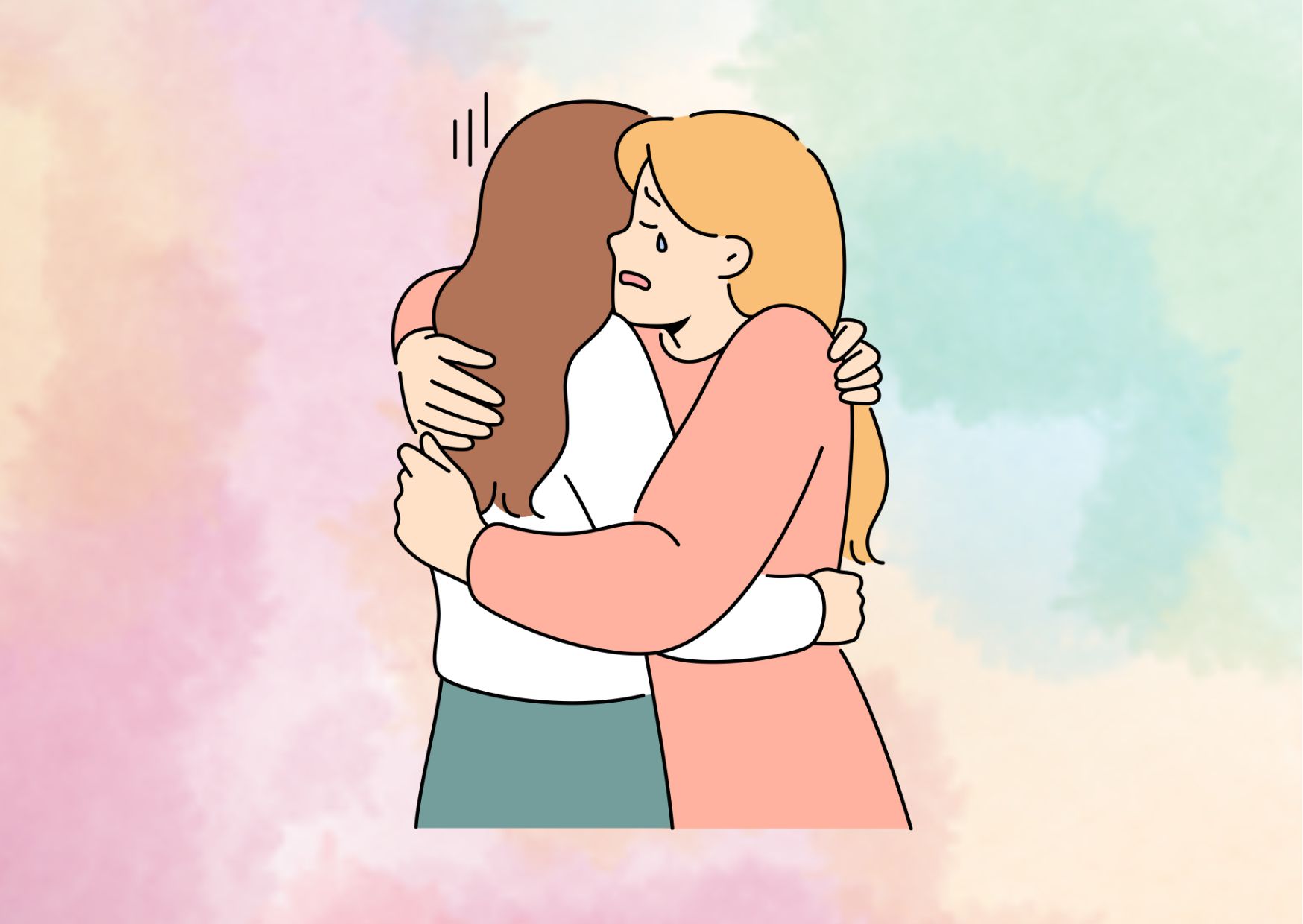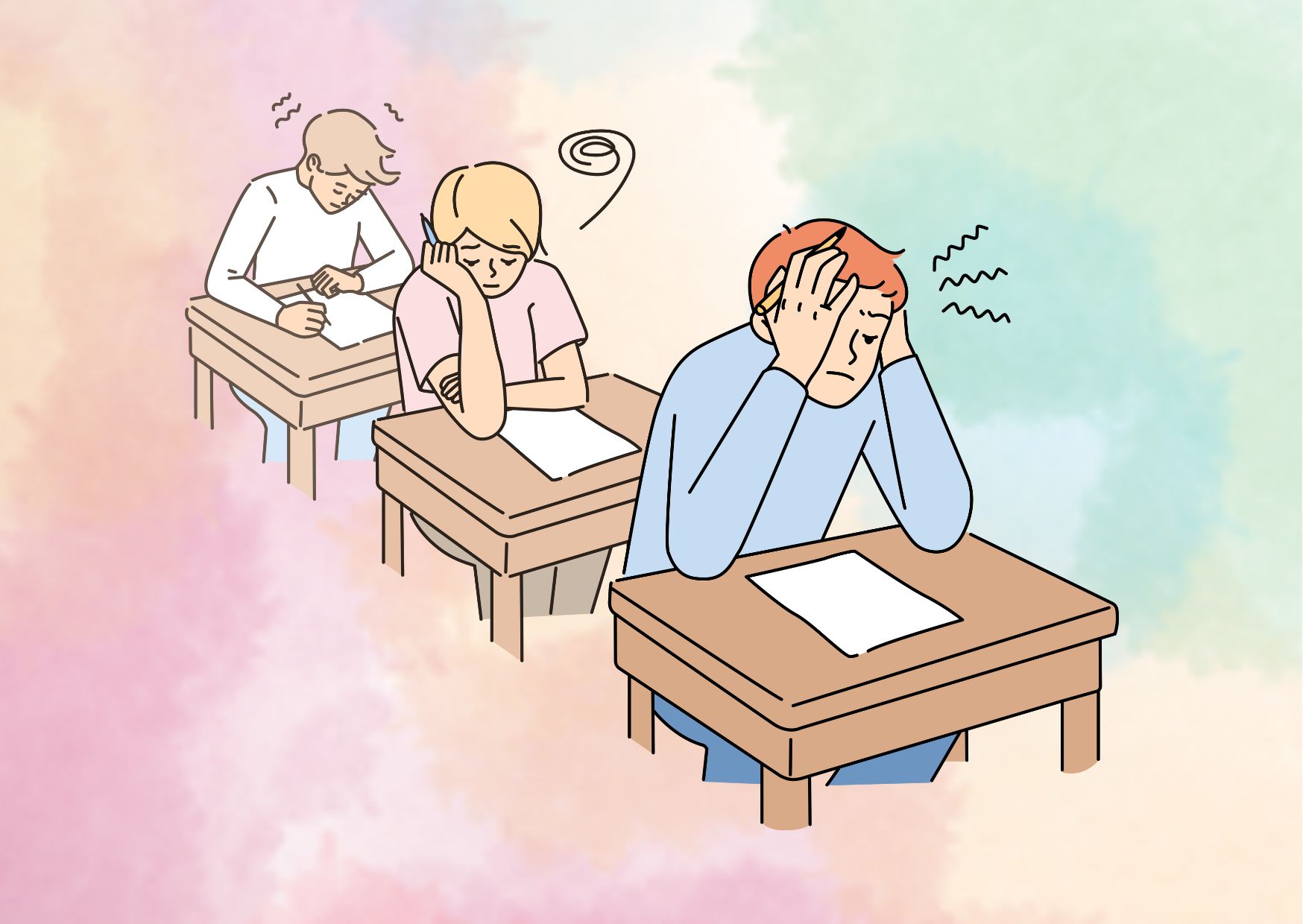Understanding Anxious Attachment Style: A Comprehensive Guide
Cultivating secure, healthy relationships is a fundamental human need, yet for those with an anxious attachment style, this can be an immense challenge. Anxious attachment, one of the four main styles alongside secure, avoidant, and disorganized, stems from inconsistent or misattuned parenting in early childhood. It manifests as an intense desire for intimacy coupled with a deep-rooted fear of abandonment, leading to behavioral patterns that often sabotage connection.
This comprehensive guide delves into the root causes of anxious attachment style, exploring its origins and the telltale signs in adulthood. We’ll examine common triggers in relationships, unveil strategies to cope with anxiety and low self-esteem, and ultimately, unveil pathways toward healing through reparenting the inner child, building healthy communication, and fostering self-acceptance – essential steps for nurturing fulfilling bonds.
Causes of Anxious Attachment Style in Childhood
The roots of anxious attachment style can be traced back to early childhood experiences with caregivers. Inconsistent or insensitive parenting plays a pivotal role in shaping this attachment pattern. When a child’s emotional needs are met inconsistently or their emotions are overwhelming for the caregiver, it can lead to confusion, anxiety, and a constant need for proximity.
Several factors contribute to the development of anxious attachment, including:
- Childhood abuse or neglect:Children who experience physical, emotional, or psychological abuse, or neglect from their caregivers, are at higher risk of developing anxious attachment.
- Separation or loss:Early separation from caregivers, such as prolonged hospitalizations or the loss of a parent, can disrupt the ability to form secure attachments.
- Inconsistent parenting:Caregivers who are unpredictable in their responses, emotionally unavailable, or create an atmosphere of dependence can foster anxious attachment patterns in children.
- Caregiver mental health:Caregivers struggling with mental health issues like depression may find it challenging to consistently meet their child’s emotional needs, contributing to anxious attachment.
- Genetic and environmental factors:While not the sole determinant, genetic predispositions and environmental stressors can also play a role in the development of anxious attachment styles.
It’s important to note that anxious attachment is an adaptation to the child’s environment, stemming from the need for survival and connection. However, if left unaddressed, these early attachment patterns can persist into adulthood, impacting future relationships and overall well-being.
Signs of Anxious Attachment in Adults
In adulthood, individuals with an anxious attachment style often exhibit distinct behavioral patterns that stem from their deep-rooted fear of abandonment and intense desire for closeness. These signs can manifest in various aspects of their relationships and personal well-being:
- Constant Need for Reassurance: Anxiously attached adults crave frequent reassurance and affection from their partners to feel secure and valued. They may obsessively seek signs of their partner’s commitment and become distressed by even minor perceived threats to the relationship.
- Clinginess and Codependency: People with anxious attachment tend to be overly dependent on their partners, struggling to maintain healthy boundaries. They may disregard their own desires to win their partner’s approval and have difficulty functioning independently.
- Low Self-Esteem and Insecurity: Anxious adults often suffer from low self-esteem, feeling unworthy of love and constantly seeking validation from others. They may become hypersensitive to rejection or abandonment, interpreting minor issues as significant threats.
- Intense Emotions and Jealousy: Anxiously attached individuals can be highly emotional and may experience intense jealousy or suspicion due to their fear of abandonment. They may become overly fixated on their partner or the relationship, disregarding others’ feelings and boundaries.
- Difficulty Coping with Stress and Change: Anxious attachment can make it challenging to cope with stress and change, as these individuals heavily rely on their partners for emotional support and security. Transitions or disruptions in the relationship can trigger intense anxiety and distress.
It’s important to note that while these signs are common among those with an anxious attachment style, the severity and manifestation can vary from person to person. Recognizing these patterns is the first step towards understanding and addressing the underlying issues, paving the way for healthier relationships and personal growth.
Triggers of Anxious Attachment in Relationships
For individuals with an anxious attachment style, certain situations or behaviors within relationships can act as powerful triggers, exacerbating their fears of abandonment and intensifying their need for closeness. These triggers often stem from perceived threats to the bond or a lack of reassurance from their partner.
- Partner’s Inconsistent or Distant Behavior: Anxiously attached individuals may become highly distressed when their partner acts distant, distracted, or inconsistent in their behavior. Simple actions like forgetting important events, coming home late, or not responding promptly to messages can be interpreted as signs of disinterest or potential abandonment.
- Perceived Threats to the Relationship: Any perceived threat to the relationship, such as their partner being overly friendly with others, can trigger intense feelings of jealousy and insecurity. Anxiously attached individuals may also perceive their partner’s increasing independence or desire for personal space as a potential loss of the bond.
- Lack of Reassurance and Affection: Anxiously attached individuals crave constant reassurance and affection from their partners. When they feel dismissed, unwanted, or like they are not their partner’s top priority, it can trigger feelings of inadequacy and heightened anxiety about the relationship’s stability.
- Relationship Milestones and Transitions: Major life events or relationship milestones, such as entering a new relationship, moving in together, or getting married, can be particularly triggering for those with an anxious attachment style. These transitions may amplify their fears of abandonment or highlight their need for security and intimacy.
It’s important to note that while these triggers are common, their intensity and impact can vary from person to person. Recognizing these patterns is crucial for both partners to understand and address the underlying issues, fostering a more secure and fulfilling relationship dynamic.
Managing Anxious Attachment
Managing an anxious attachment style requires a multi-faceted approach that combines self-awareness, effective communication, and the development of healthy coping mechanisms. Here are some key strategies that can help:
- Become Aware of Your Attachment Style: The first step is to recognize the signs and patterns associated with your anxious attachment style. This self-awareness can help you identify triggers and respond more constructively.
- Develop Self-Regulation Strategies: Healthy self-regulation techniques can help you manage intense emotions and reactions more effectively. These may include:
- Mindfulness and Meditation: Practicing mindfulness can create space between your feelings and reactions, allowing you to respond more thoughtfully.
- Cognitive Restructuring: Challenge negative thought patterns and replace them with more realistic perspectives.
- Journaling and Self-Expression: Writing down your thoughts and feelings can provide a healthy outlet for processing emotions.
- Physical Exercise: Engaging in physical activity can help release pent-up emotions and reduce stress levels.
- Improve Communication Skills: Effective communication is crucial for managing anxious attachment in relationships. Learn to express your emotions and needs clearly, without resorting to blame or criticism. Seek to understand your partner’s perspective and work together to find solutions.
- Build a Support System: Surround yourself with trusted individuals who can provide emotional support and a secure base. This may include friends, family members, or a therapist.
- Consider Therapy: Working with a qualified therapist can be invaluable in understanding the roots of your anxious attachment and developing coping strategies. Approaches like cognitive-behavioral therapy (CBT), interpersonal therapy, and psychodynamic therapy can help reshape attachment patterns over time.
- Foster Self-Acceptance and Self-Esteem: Low self-esteem and feelings of unworthiness often exacerbate anxious attachment patterns. Engage in activities that boost your confidence and self-worth, and practice self-compassion.
- Maintain a Life Outside the Relationship: While close relationships are important, it’s crucial to maintain a sense of independence and pursue personal interests and goals. This can help prevent an over-reliance on your partner for validation and security.
Remember, changing deeply ingrained attachment patterns takes time and consistent effort. Be patient with yourself and celebrate small victories along the way. With self-awareness, effective coping strategies, and a supportive network, it is possible to develop a more secure attachment style and experience more fulfilling connections.
Suggestion for read: Understanding Avoidant Attachment Style

